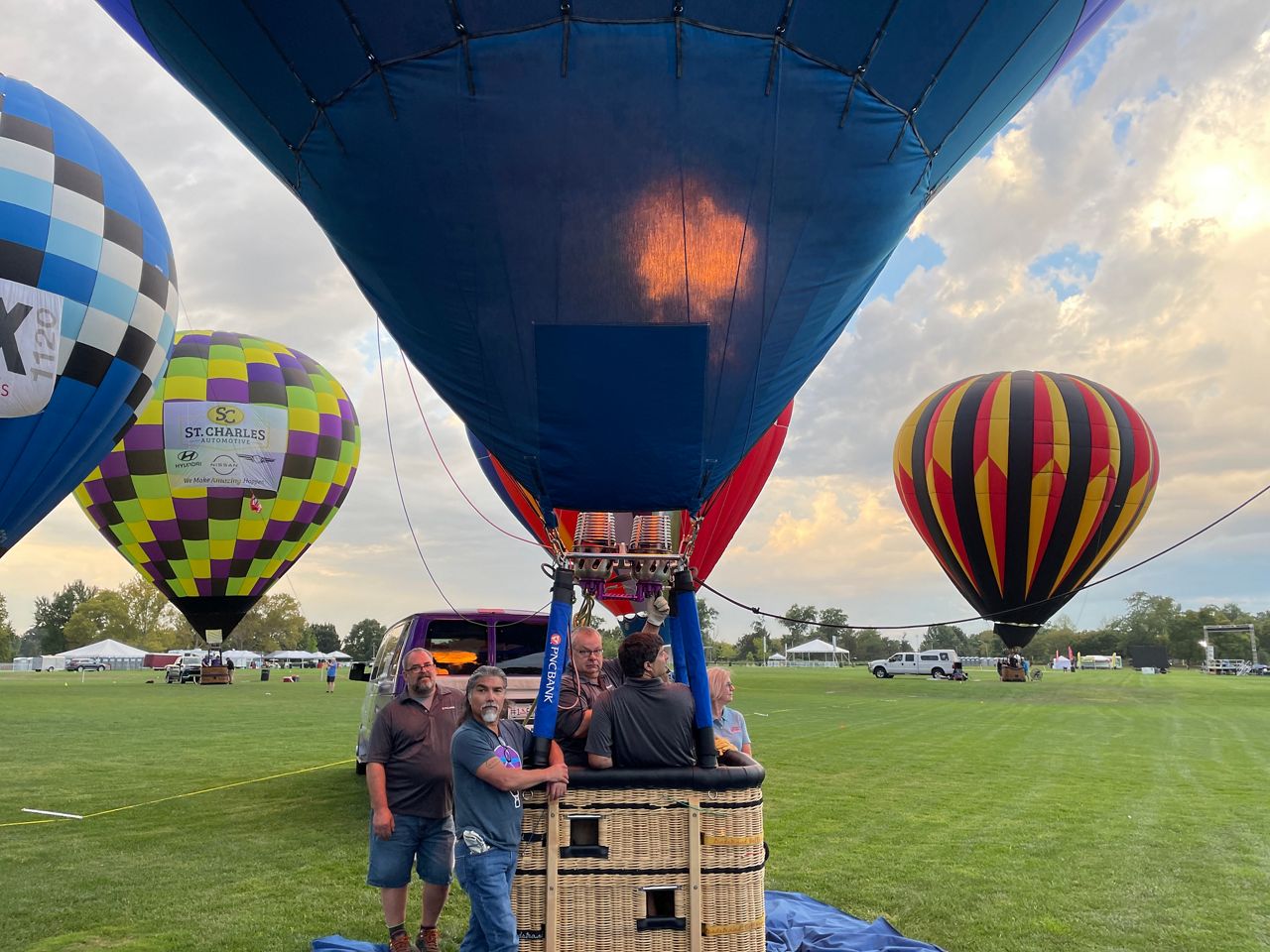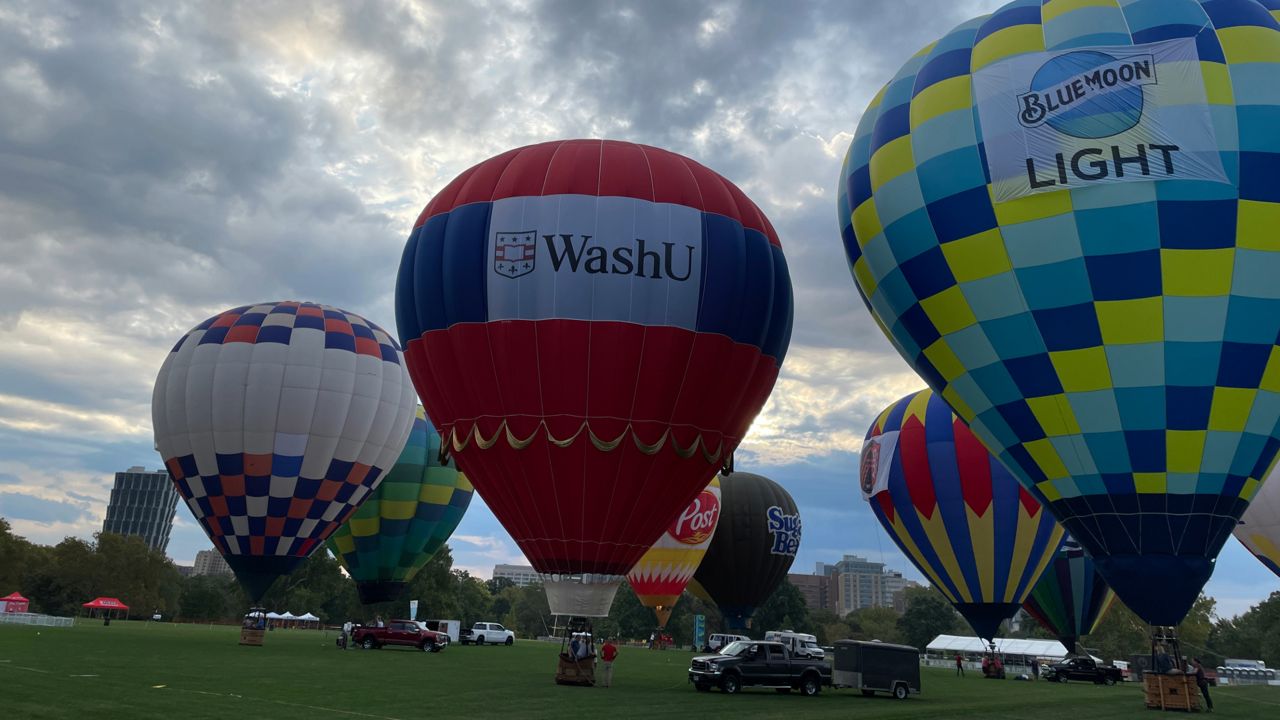On a clear day in early fall, around sunrise, you might notice hot air balloons flying across the sky, but why do they navigate the skies so early in the day and how does weather play a role in their flight path?
Mike Wadley, a second-generation Hot Air Balloon Pilot out of St. Charles County, Mo, explains the weather’s role in this high-flying activity.
The weather conditions matter, and it’s not solely for capturing the best pictures from the treetops. There are many days the team will leave the balloon in the trailer and cancel the day’s flight.
“If there’s any chance for rain, we don’t fly.”
He says winds must be light as well and that includes winds higher in the sky. “We love to have weather about 5 mph of wind on the surface and 10 to 12 mph all the way up to about 2500 feet.” And that’s because they use the wind to steer the balloon.
Winds are light early in the morning, around sunrise, and then again around sunset. Wind is created by the uneven heating of the Earth's surface by the sun. Without sunlight, the air is less mixed and there is less wind.
“Since we can’t steer the balloon, we find wind directions and different speeds at different altitudes. And then we have to fly very level and be precise and that will carry us off to where we want to go.” But faster winds don’t mean better flying conditions.
“Hot air balloons and the way they operate is a big science experiment.” It follows the laws of physics. For the balloon to fly, the air inside the balloon must be warmer than the surrounding air.

To achieve this, there’s a burner system connected to the basket and the balloon. Fueled by propane gas, the pilot uses a blast valve to adjust the rate of flow, keeping the balloon warmer than the air surrounding it.
They may also give intermittent blasts during the flight to ensure the air inside the balloon remains at this temperature.
“So we are constantly paying attention to the weather, and we are paying attention not only before as we are doing our flight planning but also while we are actually flying.”
They have instruments on board that tell them the direction and altitude they are flying. And it’s these parameters that assist them in landing. “We use the different wind speeds and directions at different altitudes to help us find the right target to land.”
He will fly any day of the year that weather allows, but says May through September are the most popular and reminds us it’s colder higher in the atmosphere. “We’ll fly any time of the year, doesn’t matter how cold it is out. I’ve flown when it was zero degrees out. It’s uncomfortable.”
Our team of meteorologists dives deep into the science of weather and breaks down timely weather data and information. To view more weather and climate stories, check out our weather blogs section.



